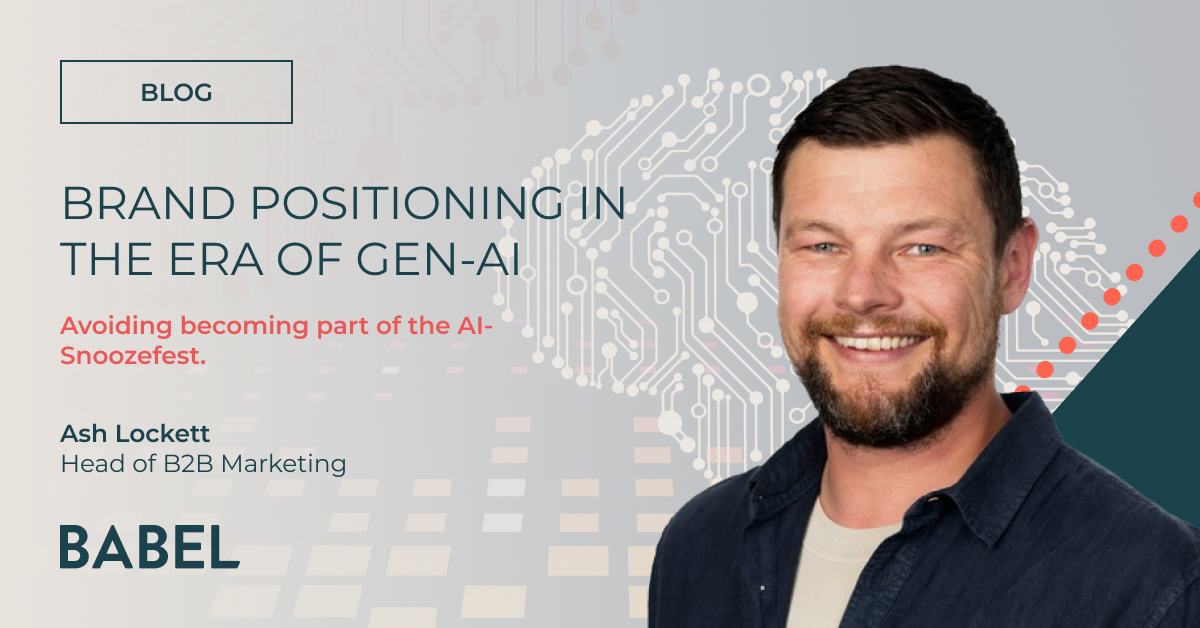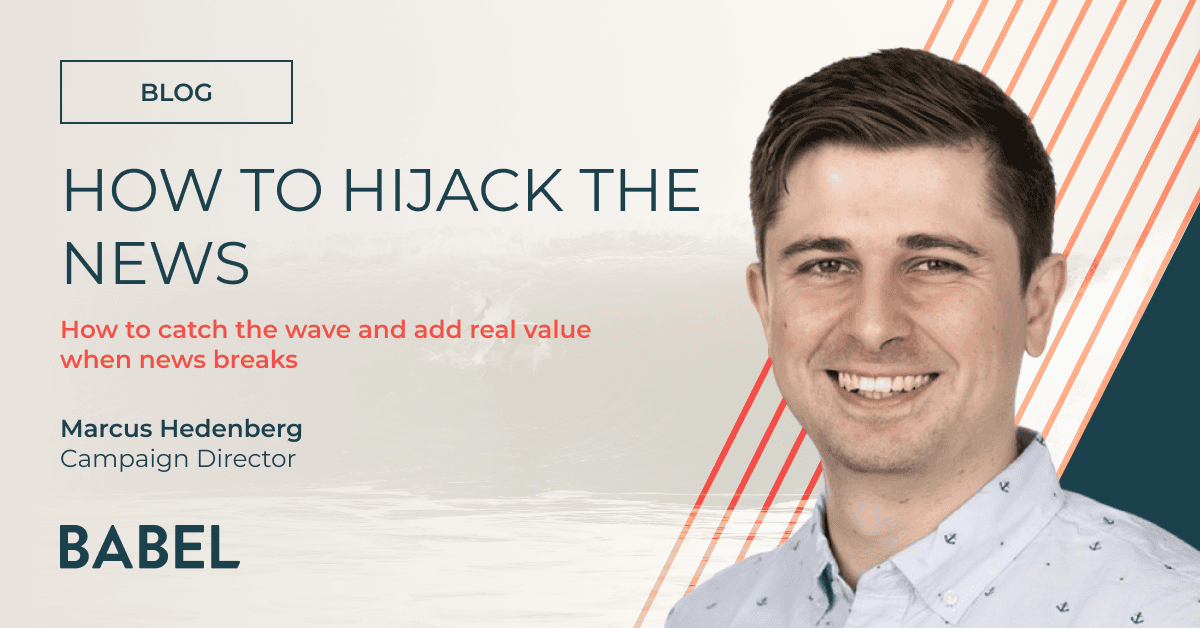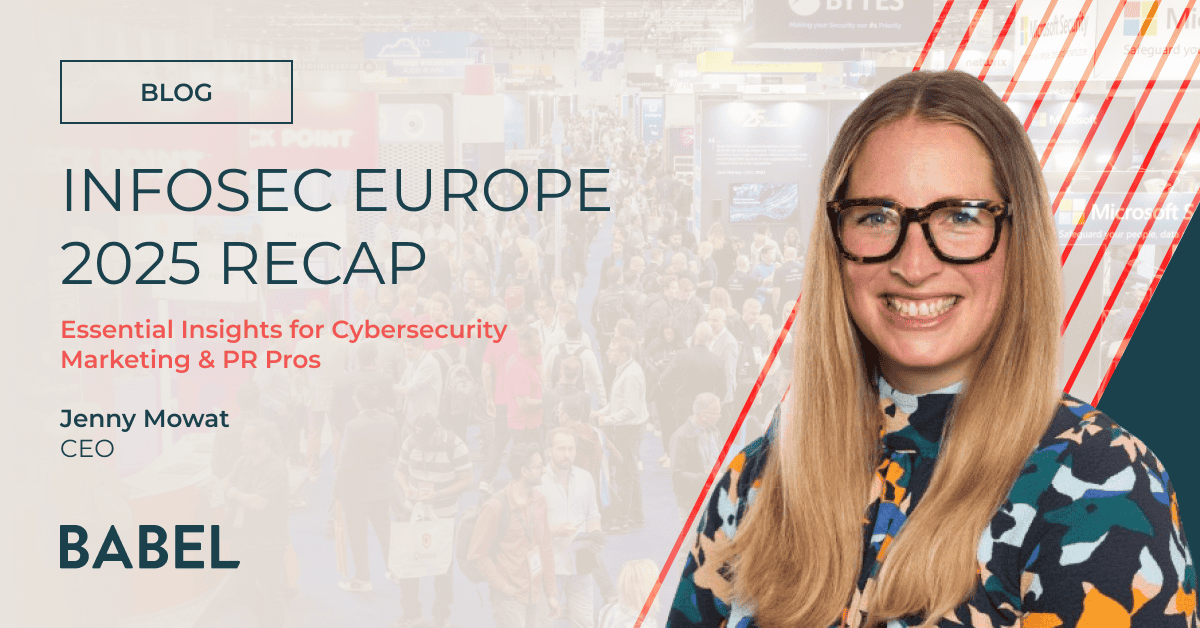
Brand Positioning in the Era of Gen-AI
Avoiding becoming part of the AI-Snoozefest
It seems to be every other week someone is writing an article on AI. It is the focus of the majority of conversations. I don’t think there has been a day over the last year where it hasn’t been mentioned.
Due to all the attention, brands are scrambling to include AI in their brand positioning and brand messaging. But, the AI rush is creating some pretty bland and ineffective messaging in B2B marketing. In fact, recent research from the Ehrenberg Bass Institute has found 42% of buyers only recall vague “ AI is the future” messaging. Only 18% remembered business benefits.
And, that’s no surprise. Most messages look something like this:
- “Powered by AI”
- “Building the future of AI”
- “AI Intelligence”
- “Accelerated Infratructure for the AI era”
- “AI Inside”
- “AI networks power the future”
- “Smart choices for the AI revolution”
I could go on but I don’t want to bore you any further. And neither should you be boring your customers. These bland, generic messages are equating to wasted spend as ads and positioning blend into a sea of sterile sameness.
Who gives a sh!t? The human-centric imperative in your brand strategy
Rather than scrambling to bolt-on AI messaging, stop and think – why should my customers or prospects care? What is it about our technology that actually matters to our target audience? This is the core of effective brand strategy.
In the GenAI race, B2B buyers are operating more on autopilot than we realise, often defaulting to the most familiar brand, not necessarily the best one.
This is critical because buyers consider, on average, only 2.4 brands before making a purchase, and nearly 60% of GenAI buyers purchase from an existing vendor. If your brand isn’t one of the first two a buyer thinks of, every marketing dollar spent down the funnel ultimately becomes an expense instead of an investment. This is where strong brand positioning drives top-of-mind awareness.
If you’ve done your research around Category Entry Points, you’ll have a good idea of where to start with your brand strategy. And the research from Ehrengburg Bass suggests high-potential CEPs like “makes me feel smarter” or “reduce stress” are up for grabs.
This is due to everyone focusing on the productivity message. But this is a means to an end. And we need to start focusing our brand positioning on the end goal. Those under-promoted emotional messages that help solve the problems, the stress and align with the needs and desires of your audience – most importantly on a personal level.
Beyond Features and Benefits: Solving Problems, Not Listing Capabilities
Features and benefits are still ruling the roost, and this isn’t a good thing. Features and benefits are really bottom-of-funnel consideration tick boxes. Yes, you might have a feature that is a fantastic USP, but a brand that creates an emotional connection and clearly articulates how it solves a customer’s pain points will always win out – even if its features are commoditised.
Most GenAI ads are just noise in an echo chamber; their brand messaging is uncannily vague and interchangeable between brands. This means they “blend into category wallpaper”. When asked why an ad felt relevant, only 23% of buyers cited “useful information” and 13% “identifiable situations/examples,” while a mere 3% found relevance in “new information”.
This confirms that relevance doesn’t come from novelty or features, but from solving recognisable problems. As the research succinctly puts it, “Most people don’t buy the future. They buy whatever solves this quarter’s headache”. Your brand messaging must address this immediate need.
According to the research, ads on GenAI should solve problems, not just pitch capabilities. And I would say that it’s not just ads, but your brand positioning and entire arsenal of marketing tactics – from your content marketing to email marketing to PR and everything in between.
Why?
Well, for one, it will differentiate you from the pack. Yet, buyers are screaming out for educational materials and relatable situations to better understand how AI will impact their day-to-day operations.
Furthermore, they are searching for this information. And in the world of no-click search, creating content that answers their questions, their pain points, their headaches – not just the shiny new features you have – will ultimately help you become more discoverable.
Rethink your brand positioning
So, what is your company currently saying about AI? Is your brand messaging and content “same same”? Is it touting the amazing new features it enables?
If so, it’s time to hit pause and have a rethink about how you frame your AI capabilities and refine your brand positioning.
The brands that will stand out are the ones that frame AI around what it empowers their customers to achieve. Does it make them feel more capable, more prepared for what’s next, more creative in how they deliver results or just more able to hit their targets?
Your brand needs to be more than a commoditised “tool”. You need to become a mirror image of what your buyer wants to become. What they want to achieve. You need to orient your brand around your customer, hitting both their emotional and rational needs. And you need to hammer that drum time and again, so it sticks in the only search engine that matters – their mind. Distinct brand positioning is key.
Final thoughts
If you break free from the features and benefits arms race, not only will you make your brand positioning more distinctive, but you’ll win more deals and even be able to command price premiums.
Don’t do so at your peril.
The GenAI race won’t be won by the company with the best AI product. It will be won by the company with the strongest brand. The company that isn’t talking about tomorrow’s innovations, but instead is talking about how they solve problems today! How it addresses an immediate business need.
It’s time to become known for something useful. It’s time to create a unique positioning platform that will enable you to differentiate your story. It’s time to break free from the AI-powered scramble and create meaningful messaging that matters to your audience.




